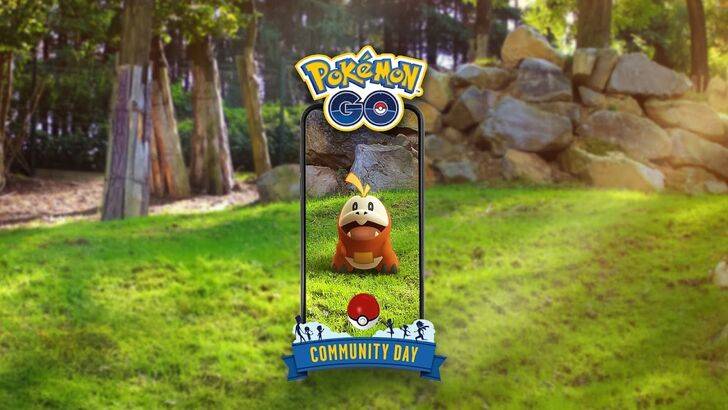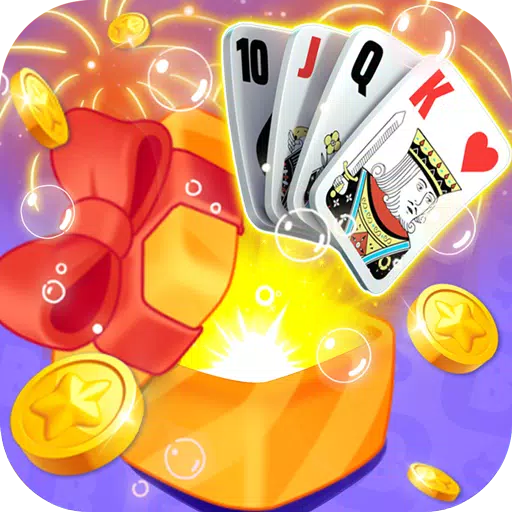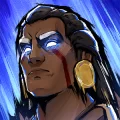The excitement surrounding the reveal of the Nintendo Switch 2 was palpable, particularly with its new graphical capabilities. While many fans are still eagerly awaiting a new 3D Mario game—it's been nearly eight years since Super Mario Odyssey—the announcement of the open-world Mario Kart World, the return of Donkey Kong with Donkey Kong Bananza, and the intriguing The Duskbloods as a pseudo-successor to Bloodborne were major highlights. However, the price point of the Switch 2 and its ecosystem has become the elephant in the room. At $449.99 for the console, the cost isn't the issue; it's the cumulative expense of games and accessories that raises eyebrows. Is the price of entry into Nintendo's latest offerings too steep? Let's delve deeper.
The $80 price tag on Mario Kart World has certainly stirred the pot. In an era where $60 to $70 is considered standard, this feels like a significant jump. The immediate reaction might be to accuse Nintendo of capitalizing on the game's launch hype. Add in the cost of extra Joy-Cons for multiplayer fun at $90, and the mandatory Nintendo Online subscription for global connectivity, and the total quickly escalates. The reveal trailer's emphasis on 24-player co-op and social features like GameChat and photo mode only amplifies the perception of a somewhat cynical pricing strategy.
Nintendo Switch 2 System and Accessories Gallery
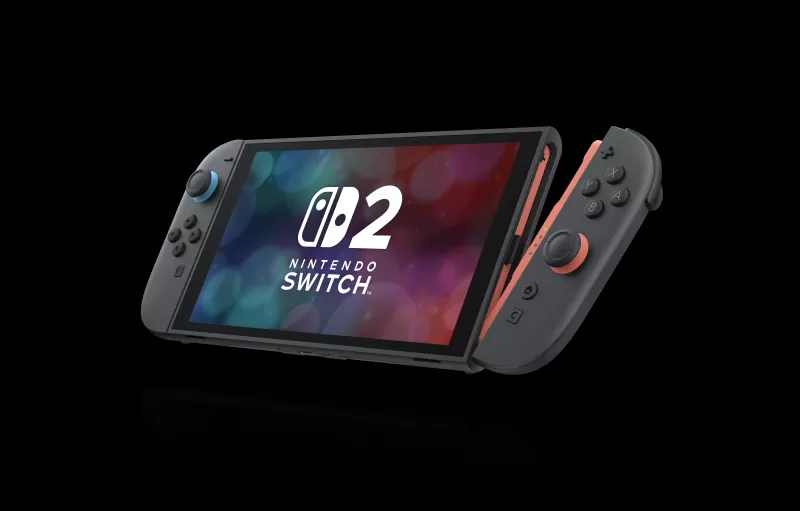
 91 Images
91 Images

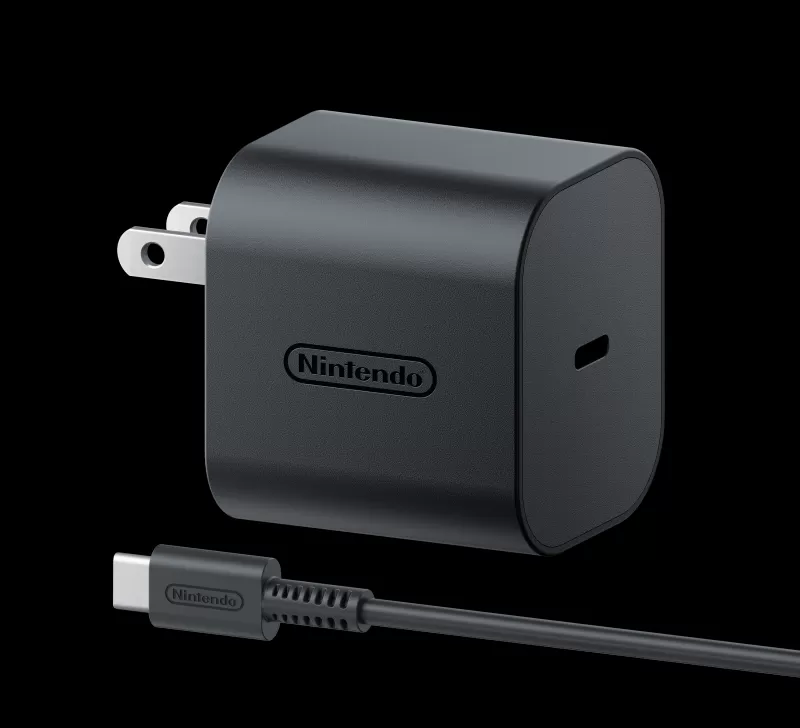
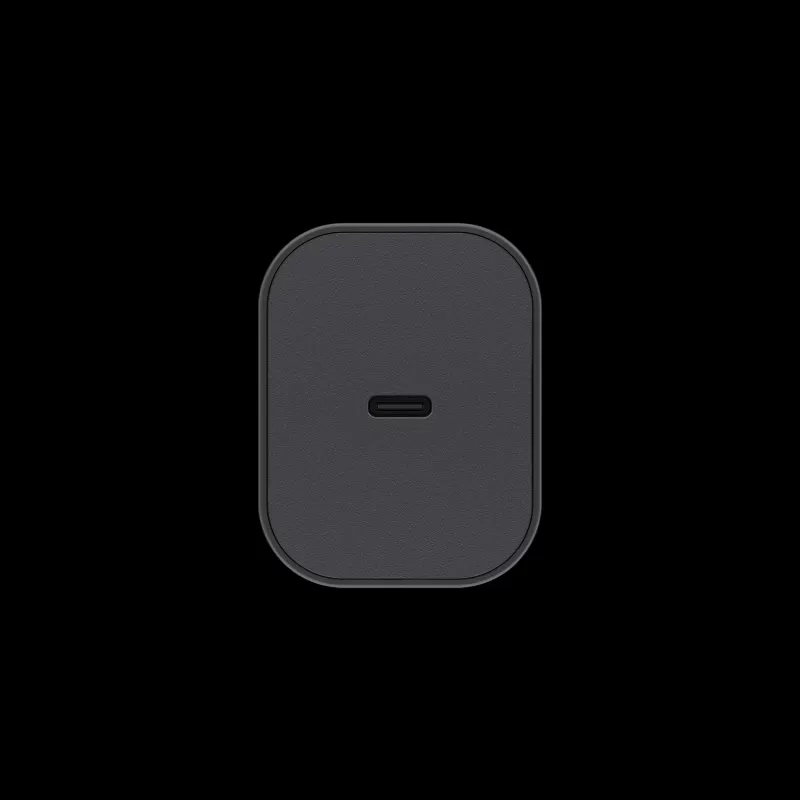
On the flip side, one could argue that the value proposition is strong. If Mario Kart World follows in the footsteps of its predecessor, it could be the only Mario Kart game for the Switch 2 for years to come. Is $80 a fair price for a game that promises endless hours of entertainment? In a world dominated by free-to-play models like Fortnite, our perception of value might be skewed. Consider that a dedicated Fortnite player might spend $80 on battle passes and skins over five years. While comparing these is like comparing apples to oranges, when a family cinema outing can cost $80 for a mere two hours, a decade of Mario Kart enjoyment doesn't seem so bad.
Meanwhile, Donkey Kong Bananza is priced at a more reasonable $69.99, suggesting that Nintendo might be reserving higher prices for their flagship titles like Mario Kart. However, the $80 price point for both Kirby and the Forgotten Land and The Legend of Zelda: Tears of the Kingdom on the Switch 2 raises concerns. This pricing strategy could set a precedent that other publishers might follow, with eyes turning to future releases like GTA 6. It also brings into question how future console generations will handle the costs of upgrading older games.
PlayStation's approach of offering $10 upgrades for PS4 games transitioning to PS5, such as with Days Gone, sets a benchmark. The cost of upgrading Switch games to the Switch 2 remains a mystery, but if it mirrors Sony's model, it might not provoke much uproar. However, a $20 or $30 upgrade fee could be a deterrent.
Consider Tears of the Kingdom, currently available on Amazon for $52, compared to the $80 Switch 2 version. If the upgrade costs $10, why not buy the cheaper Switch version and then upgrade? The price difference is even more pronounced in the UK, with the original game at £45 and the Switch 2 version at £75. With the original MSRP at $70, a $10 upgrade seems plausible, allowing for significant savings. Yet, all this remains speculative, with the only current indicator being the enhanced versions of Breath of the Wild and Tears of the Kingdom available through a Nintendo Online + Expansion Pack membership, currently priced at $49.99 annually. What happens if you cancel your membership? Do you lose access to these enhanced versions?
The decision to charge for the Nintendo Switch 2 Welcome Tour, a virtual exhibition with minigames, feels particularly perplexing. It resembles the sort of content you'd expect to be included with the console, much like Astro's Playroom was with the PS5. The latter was a generous addition that paid homage to PlayStation's history while embracing the spirit of Nintendo's inventive approach. In contrast, the Switch 2 Welcome Tour seems more akin to the costly PS3 launch, hinting at a potentially arrogant move by Nintendo.
While the Switch 2 might not represent a step backward for Nintendo like Sony's high-definition era did, the goodwill from the original Switch and its extensive game library provides a solid foundation. The Switch 2 itself looks like a safe yet impressive evolution, and the announced games appear promising. The hope is that Nintendo learns from the backlash against their launch prices and doesn't set a new $80 standard for video games.
For me, the cost of the Switch 2 and its ecosystem doesn't completely overshadow the reveal, but it certainly tempers the overall reception. Nintendo's next moves will be crucial in determining whether the Switch 2 can live up to its predecessor's legacy.

